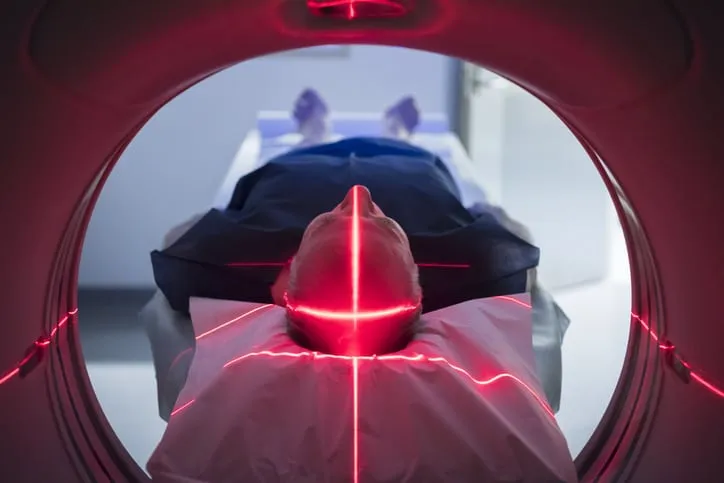The Digital Age is defined, in part, by a specialization to everyone’s interests, but a communal drive still persists. Previously, and as far back as the days of lithic tools, the reach of shared practices was limited; today, it is global. The success of today’s shared practices, in terms of safety and efficiency, result from the reliable presentation of knowledge. Standards documents, which ultimately affect billions of people worldwide, are as clear, concise, and informative as possible.
Standards packages make getting these documents simpler by bundling together multiple standards. With standards packages, users can acquire several standards at a discounted rate. In fact, some packages come with discounts up to 50% of their original cost.
What Are Standards Packages?
Standards packages can help users with the specialization component of compliance and guidance. In helping to fulfill the needs of many, a single standard document has a clear focus confined to a single subject. The reach of these standards, of course, can vary, with prominent standards like ISO 9001:2015 being used by over one million people throughout more than 100 countries.
However, while the practices, guidelines, and specifications are shared, any organization or employee is one in a million. Therefore, their needs are likely to vary depending on their specific line of work, and they might need to follow the guidance offered by more than one standard. In this way, standards packages are often essential in meeting compliance and safety needs.
For users who need more than one standard and would like to acquire them at a discounted rate, ANSI offers numerous standards packages that are catered to specific needs. You can find them all here: Standards Packages.
Why Standards Packages?
Whether in the form of a bundle, set, collection, or just simply referred to as a package, standards packages compile more than one standard document together for the ease of the user. The exact reasoning behind why these standards are published as distinct documents and why they are useful in tandem depends on the particular circumstance.

Most commonly, standards packages contain documents found within the same series, which collectively focus on the same subject. The standards found within a particular series may have deviated from a single document, been added to support new interests, or been prepared independently of one another to present information significant only to a single subject.
For instance, the ASME B30 series, known collectively as the“Safety Standard for Cableways, Cranes, Derricks, Hoists, Hooks, Jacks, and Slings,” currently consists of 29 parts, which are all available together as the ASME B30 Construction Package. Development of this series initiated over one century ago, and its original document has since been revised as various standard documents. Throughout the years, the efforts of the ASME B30 Committee have culminated in entirely new standards, as well as updates and expansions to existing ones. There are numerous ASME B30 packages that users can find helpful depending on their particular area of operation. For example, there’s the ASME B30.5 / ASME B30.22 / ASME B30.26 – Cranes Package and the ASME B30.16 / ASME B30.11 / ANSI/ASME B30.17 – Hoists Package.
Similarly, all parts of the fall protection code, which have been removed, added, or otherwise revised over time, are available as the ANSI/ASSE Z359 Fall Protection and Arrest Standards Package.
The combination of certain standards as standards packages can also come down to a matter of horizontal and vertical standards. According to standards terminology, horizontal standards are general or basic standards—containing fundamental principles, concepts, definitions and terminology—while vertical standards are application standards. A good example of this is with laser safety standards, which are written and published by the Laser Institute of America (LIA), an ANSI-accredited standards developing organization.

ANSI Z136.1-2022 covers the safe use of lasers in general. Alternatively, ANSI Z136.3-2018 delves into unique considerations for the safe use of lasers in healthcare, and, as a vertical standard, it complements the horizontal standard guidelines found in ANSI Z136.1-2022. Therefore, it is likely beneficial for any healthcare organizations who use lasers to acquire both of these American National Standards, which they can get together as the ANSI Z136.1 and Z136.3 Combination Set.
While the standard packages discussed so far share similar designations, there are many seemingly different standards that have been joined together as packages due to the propensity for their shared use. For example, ISO 14001:2015 and ISO 45001:2018, despite supporting two distinct types of management systems, are frequently integrated together. The ISO 45001 / ISO 14001 – Environmental and Occupational Health and Safety Set helps users meet this joint need.
Similarly, the ISO 13485 / ISO 9001 – Medical Devices Quality Management Set assists purchasers and suppliers of medical devices in establishing and conducting a medical device management system, and the ANSI/ASSE Z244.1 / ANSI B11.19 – Hazardous Energy Safeguarding Package helps personnel establish electrical safety in the workplace.
As you can see, standard packages span almost all industries, and they help users meet specific needs while being reflective of the actual nature in which standards documents are utilized by organizations and professionals. It’s a bonus that they typically come with discounts.
You can find more standards packages on the standardsClub. If you can’t find what you’re looking for, please feel free to reach out to ANSI customer service by emailing

